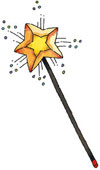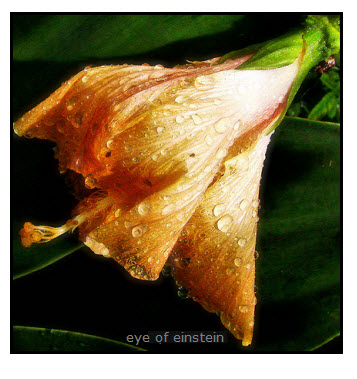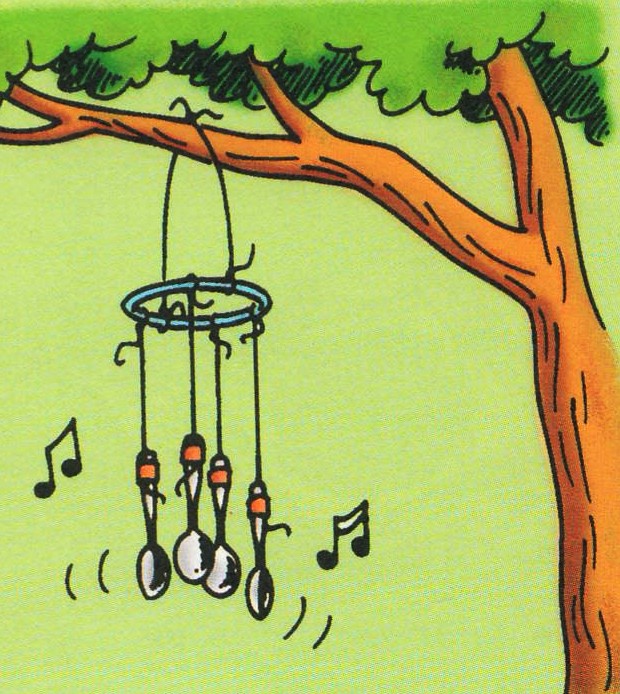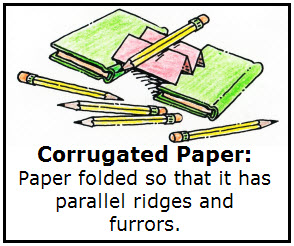Makers of disposable diapers claim that their product is superior to cloth diapers because it keeps babies dryer longer. This is suppose to happen because the diaper has a chemical inside it that not only absorbs more liquid than cloth, but pulls the liquid away from a baby’s skin. Just how much liquid can these […]
Science Magic: Inertia
Inertia is a physical property used to describe how difficult it is to move a stationary object. The greater the inertia the harder it is to move the object. Inertia increases with mass. A magician’s trick of pulling a table cloth out from under a table setting and leaving the dishes standing is not a […]
Rain Drop Formation
How do raindrop form? One way that rain drops form is called accretion. This is the process by which cloud droplets (very tiny drops of liquid water forming clouds) combine forming larger drops. This happen when the drops bump into each as well as when they get very near each other. Water molecules have an […]
Sound Projects Using Wind Chimes
Wind chimes are made of objects that make interesting sounds when the wind causes them to they bump into each other. Make your own wind chimes by following these steps. Tie one 12-in (30-cm) piece of piece to each of 4 or more metal objects, such as spoons. Tie the free end of the strings […]
Light
ANSWER: The color of an object is not in the object but rather depends on the light that pigments in the object reflect or transmit. Pigments are chemicals that subtract (absorb) specific colors of light and reflect or transmit other colors. White light contains all the colors of a rainbow. Starting from the top of the […]
Optics: Mirrors
QUESTION: Why do some mirrors make me look upside down? ANSWER: You can see your image by looking at yourself in a spoon. The spoon acts like a mirror, which is a surface that reflects (bounces back from a surface) light. The inside of the spoon’s bowl is concave, meaning it curves inward. When you […]
Engineering Fair Projects vs. Science Fair Projects
Engineering Fair Projects are developed using the Engineering Method. Science Fair Projects are developed using the Scientific Method, also called the Inquiry Cycle.
Backbone
QUESTION: Why does my backbone bend? ANSWER: All the bones of your body make up the skeletal system. This system provides the framework that allows you to stand upright and protects delicate internal body parts. An adult has about 206 bones. The number of bones varies from person to person because of the differences in […]
Sir Isaac Newton
The English scientist Sir Isaac Newton was born February 4, 1642 in Lincolnshire. His father, a wealthy landowner died shortly before Newton was born. When Newton was three years old, his widowed mother, Hannah, remarried, left Isaac in the care of his grandmother, and went away to live with her new husband. Newton’s later writings […]
Flying Squirrels
QUESTION: Can squirrels really fly? ANSWER: Squirrels do not fly, but there is a type of squirrel that has special flaps of skin that extend from their front legs to their hind legs. When these squirrels leap from one tree branch to another, their skin is stretched out like sails to help the squirrel glide […]






